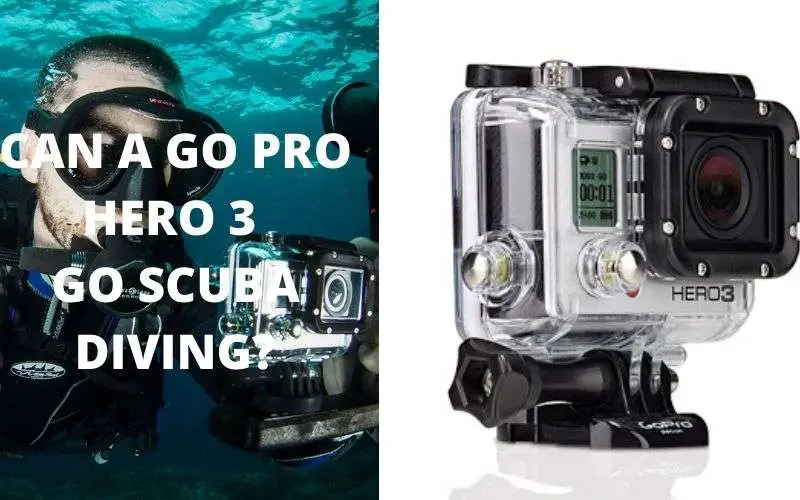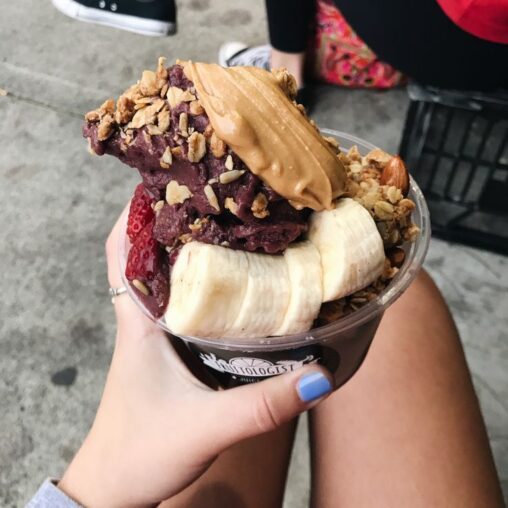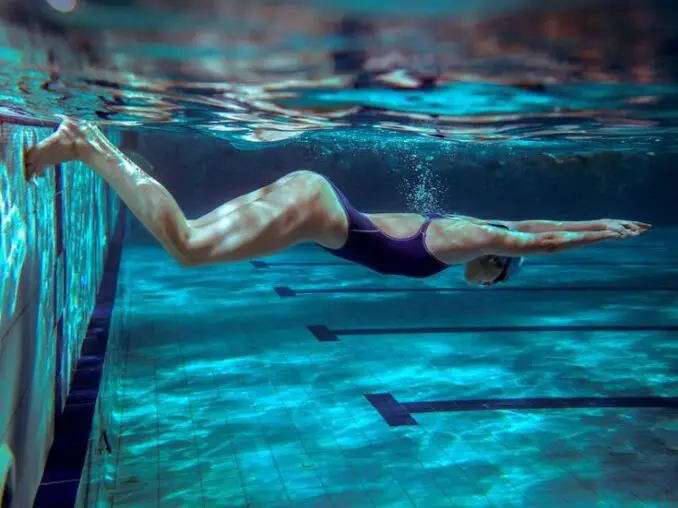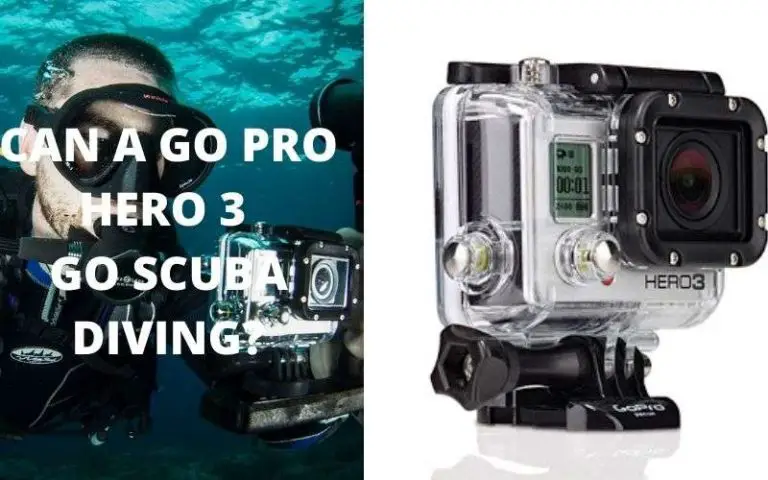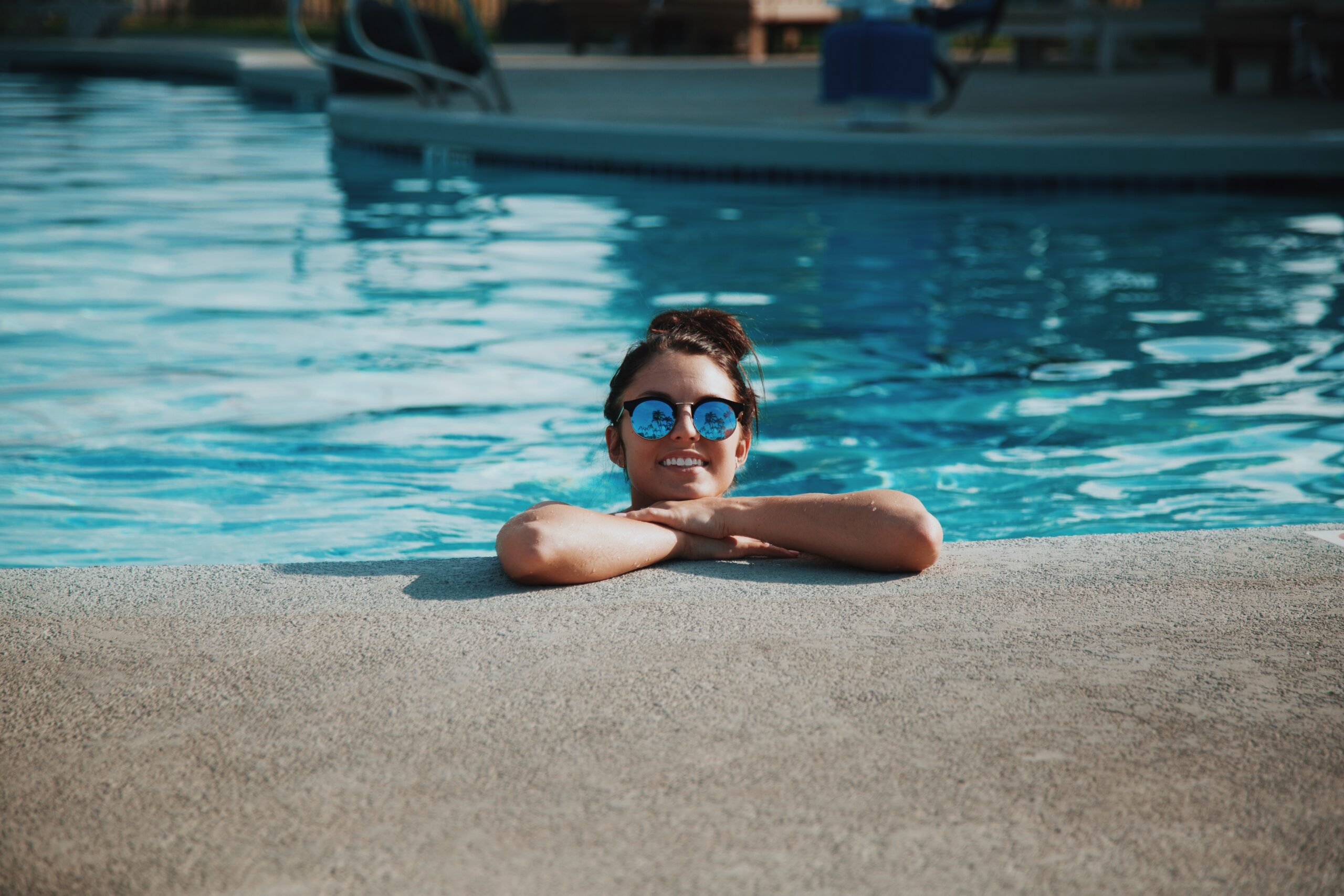
Have you ever been told to wait at least 30 minutes or an hour before swimming after eating? This age-old advice has been passed down through generations, but it’s time to explore its origins and whether it holds any scientific merit.
Strictly adhering to the 30-minute rule before swimming isn’t about drowning risk but rather avoiding muscle cramps and the discomfort of exercising on a full stomach, which can hinder your performance.
Each person’s response to food and exercise varies, so it’s essential to understand your body’s limits and make informed choices about when to re-enter the water. Let’s delve into the myth behind waiting to swim after eating and get to the facts.
The Myth of Waiting to Swim After Eating
Many of us have grown up with the advice that we should wait at least 30 minutes to an hour after eating before taking a dip in the pool or swimming in the ocean.
This widely accepted belief is rooted in the idea that after a meal, blood rushes to your digestive system, potentially leading to muscle cramps and the risk of drowning.
In reality, this myth has been ingrained in our cultural wisdom for generations. It likely originates from a desire to keep children safe around water and a misunderstanding of the body’s natural processes.
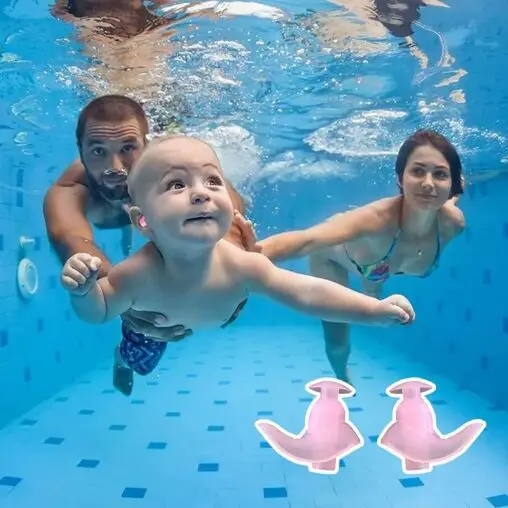
The Scientific Truth
Contrary to the age-old advice, there’s no concrete scientific evidence to support the notion that you must wait to swim after eating.
While it’s true that blood flow increases to your digestive system after a meal, it doesn’t divert enough blood away from your limbs to make swimming dangerous. Swimmers and athletes routinely eat before workouts to provide their bodies with the energy and nutrients they need to perform optimally.
The potential for getting an abdominal side cramp from eating is a minor risk, certainly not life-threatening.
Real Concerns: Blood Flow and Cramps
Blood Flow and Digestion
When you eat, blood is redirected to your digestive system to facilitate digestion, a normal and vital physiological response. The fear that physical activities, like swimming, might hinder digestion is unfounded. Light to moderate exercise can even aid digestion, provided you don’t overexert yourself immediately after a meal.
Cramps
Another concern related to swimming after eating is the risk of muscle cramps. Cramps can be painful and occur when muscles involuntarily contract or spasm. The risk of cramps while swimming is more likely due to dehydration or overexertion rather than digestion.
To minimize the risk of cramps while swimming or engaging in physical activities, stay hydrated, avoid overexertion, warm up properly, incorporate stretching, and listen to your body.
Factors Affecting Digestion and Swimming
Type of Food
The type of food you consume can affect digestion and how quickly you feel comfortable swimming after a meal.
Different foods have different digestion times:
- High-fat foods take longer to digest, potentially making you feel heavy or sluggish in the water.
- Carbohydrate-rich foods provide quick energy, making them a better choice if you plan to swim soon after eating.
- Protein-rich foods digest easily and offer a balanced energy source.
- For a pre-swim meal, consider a light sandwich with lean protein, whole-grain bread, and fresh veggies. Carbohydrate-rich snacks like bananas are ideal for swimmers.
Amount of Food
The size of your meal affects how long it takes to digest and how comfortable you’ll feel while swimming. Smaller, more frequent meals or snacks are preferable for regular swimming, as larger meals take longer to digest and can lead to a feeling of fullness or cramping during your swim.
Individual Differences
Metabolism, age, and swimming experience can affect digestion and how quickly you can swim after eating. Children and seasoned athletes generally have faster metabolisms and can digest food more quickly. Individuals with slower metabolisms, such as older adults or those with specific health conditions, may need more time.
Listen to your body and adjust your pre-swim eating habits based on how you feel. Digestive patterns can change over time.
Safe Swimming Practices After Eating
Wait Times Based on Meal Size
The size of your meal influences how long you should wait before swimming. For light snacks or small meals, waiting about 30 minutes is typically sufficient. For larger meals, it’s recommended to wait at least 1-1.5 hours to allow proper digestion and minimize discomfort or cramping while swimming.
Swimming Intensity
The type of swimming activity and its intensity affect how long you should wait after eating. For casual, leisurely swimming, you can safely swim about 30 minutes after eating a light meal or snack.
However, for vigorous swimming or training, waiting 1-1.5 hours after a small to medium-sized meal is advisable, as intense activity requires more energy and blood flow to your arms and legs.
Signs to Watch Out For
While swimming on a full stomach doesn’t directly increase your risk of drowning, it can lead to discomfort, such as nausea, cramps, or general unease. Here are some signs to be aware of:
Feeling Bloated or Full
After eating, you may experience a sense of fullness, which can be uncomfortable in the water.
Stomach Cramps or Discomfort
If you develop stomach cramps or discomfort while swimming, it’s a sign that your body might not have fully digested your meal.
Nausea or Dizziness
These symptoms can occur if you’ve pushed your body too hard right after eating.
If you encounter any of these warning signs while swimming, it’s advisable to slow down, take a break, or exit the water to allow your body time to recover.
In addition, it’s crucial to avoid consuming alcohol before swimming. Alcohol can impair your judgment, coordination, and swimming abilities, which could lead to accidents or drowning.
Furthermore, alcohol can dehydrate you, increasing the risk of cramps. To ensure your safety, refrain from drinking alcohol before swimming.

Frequently Asked Questions
1. Can You Eat Before Swimming?
Eating before swimming might increase the risk of experiencing discomfort, like stomach cramps, due to your muscles being used for digestion and swimming simultaneously. However, the idea that it’s extremely dangerous to eat before swimming is mostly a myth.
Swimming short distances or at a slow pace is generally safe, even after a meal. Simply listen to your body and be cautious of any discomfort or heavy breathing while swimming.
2. How Long Should Adults Wait to Swim After Eating?
As an adult, you can typically return to swimming after waiting about 30 minutes to an hour following a meal. This allows your body to digest food properly and reduces the risk of experiencing discomfort.
If you’ve consumed a particularly heavy meal, it might take up to 2 hours for your stomach to empty fully. In such cases, waiting a bit longer before swimming would be prudent.
3. How Long Should Children Wait to Swim After Eating?
In general, children should also wait about 30 minutes to an hour after eating before swimming. This gives them time to digest their meal and reduces the risk of discomfort.
However, every child is unique, and some may require more or less time to digest their food. As a parent or guardian, watch for any signs of discomfort after eating, and encourage them to ease into the water during their first few minutes of swimming.
4. What to Eat Before Swimming?
The ideal pre-swim meal or snack should be easily digestible, contain carbohydrates for quick energy, and offer a source of protein for sustained endurance. Consider options like a light sandwich with lean protein, whole-grain bread, and fresh vegetables, or carbohydrate-rich snacks like bananas.
Choose smaller, more frequent meals or snacks if you’re planning to swim soon after eating, and save larger meals for when you have more time to digest.
5. Can Swimming After Eating Cause Cramps?
The risk of muscle cramps during swimming is not typically associated with digestion but rather factors like dehydration, electrolyte imbalances, and muscle fatigue.
It’s important to stay hydrated, avoid overexertion, warm up properly, incorporate stretching, and listen to your body when deciding to swim after eating. These precautions will help reduce the risk of cramps during your swim.
Conclusion
You don’t need to strictly adhere to the age-old advice of waiting to swim after eating. The risk of drowning is minimal, but you should be mindful of potential discomfort like muscle cramps.
Listen to your body, choose easily digestible pre-swim meals, and adjust your swimming timing based on your individual needs. Whether you’re a child or an adult, finding the right balance between enjoying a good meal and a refreshing swim is essential for your overall well-being and safety.



